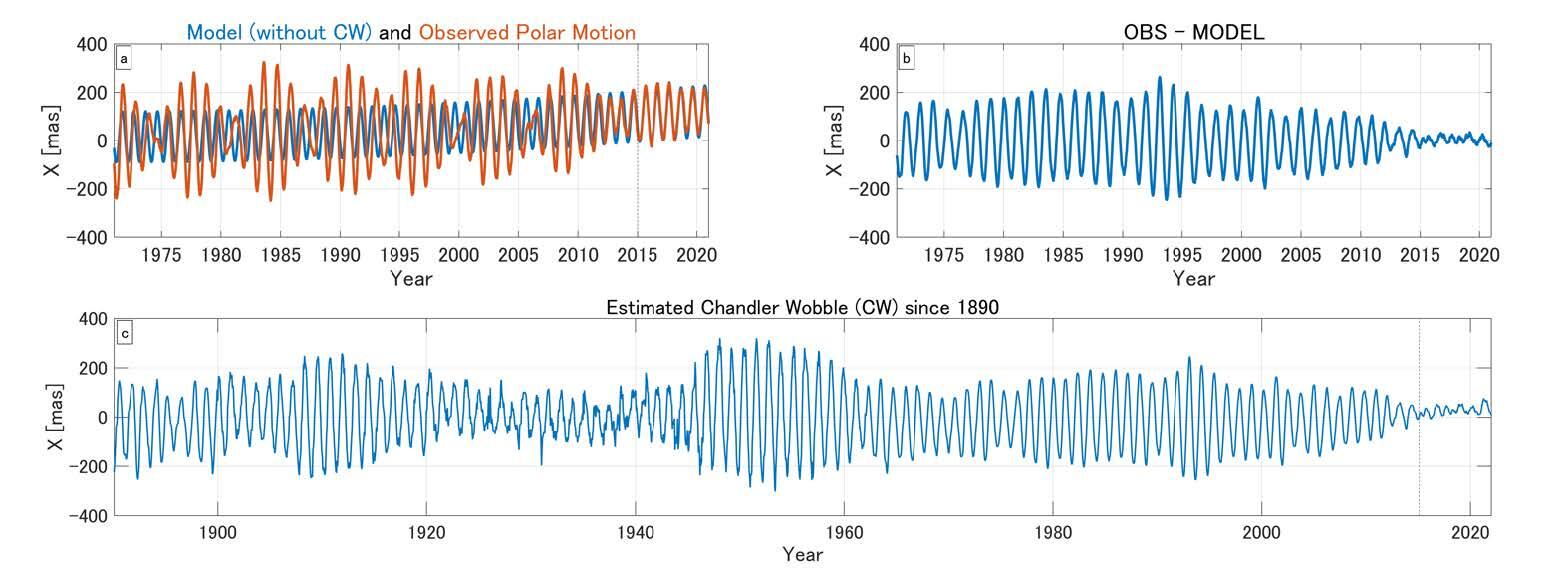FURUYA Masato
Professor
Modern Earth and Planetary Science by Space Geodesy
Department of Earth and Planetary Sciences, Earth and Planetary Dynamics

| Theme | Interdisciplinary earth and planetary science based on cutting-edge geodetic techniques |
| Field | Geodesy, Seismology, Volcanology, Meteorology, Glaciology |
| Keyword | space geodesy, Earth rotation, gravity, crustal deformation, earthquake, active volcano, glacier, permafrost, extreme weather, ionosphere, InSAR, Interferometric Synthetic Aperture Radar, Synthetic Aperture Radar |
Introduction of Research
Earth's shape, gravity, and rotation are three pillars of geodesy.
Modern space geodetic methods allow us to detect not only the surface displacements due to earthquakes and volcanic eruptions but also those associated with global warming due to glacier velocity changes and subsidence due to permafrost thaw. These changes in Earth's shape over time would generate redistributions of mass and angular momentum, and hence we could sense those changes in gravity and rotation as well.
Representative Achievements
| Academic degree | Ph.D. |


